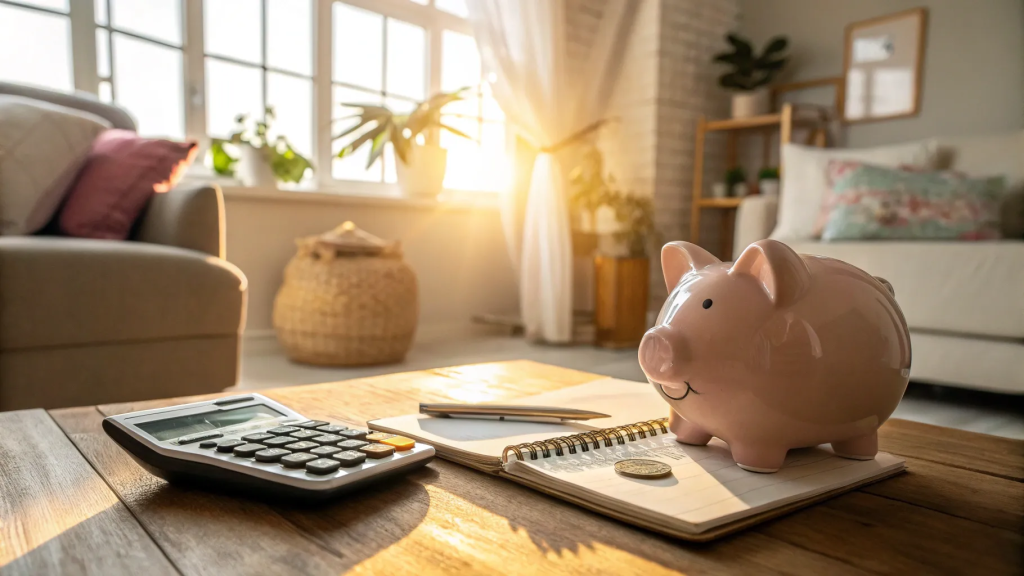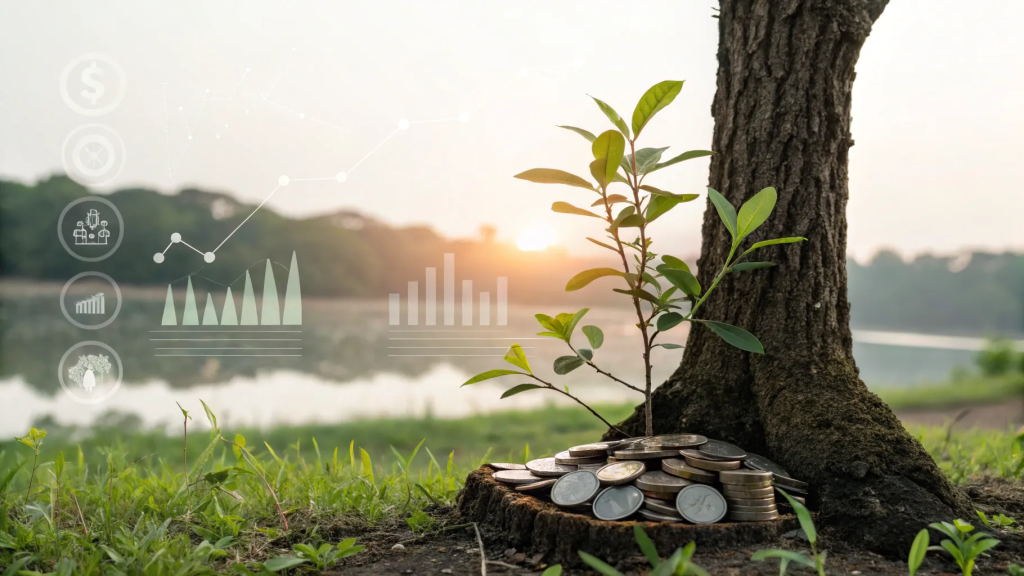It’s time to prioritize your financial health by learning how to build an emergency fund. In this blog, let’s guide you through six simple steps to set up an emergency fund that can be a lifesaver during tough times.
Set a Target for Your Emergency Fund
Setting a target for your fund is crucial. You need to know how much you want to save. Start by evaluating your monthly expenses. How much do you spend each month?
Once you have that figure, multiply it by the number of months you want your emergency fund to cover. For instance, if you spend ₦60,000 monthly and aim for three months, your target is ₦180,000. If you want to save for six months, it becomes ₦360,000.
Include all your necessary expenses in this calculation. Consider bills, food, transport, and any debts you must pay. It’s better to overestimate than to underestimate. You want your emergency fund to be a safety net, not a tightrope!
Emergency Fund: It Is Okay to Start Low?
Many people feel overwhelmed when they see the total amount they need to save. It’s perfectly okay to start small. If your target feels too high, ask yourself, “What can I save right now?”
When I began, I could only save ₦2,500 a month. But that was a start! Your emergency fund journey doesn’t have to be grand; it just needs to begin.
Remember, every little bit adds up. Even if you can only save ₦5,000, that’s progress. Don’t let the big numbers scare you away from starting.
Emergency Fund: You Must Start Now
Time waits for no one, and neither should you! If you’ve been putting off building an emergency fund, is your time to take action. Start today.
Open a money market fund to keep your savings safe and earn some interest. It’s simple: fill out a form, submit your ID, and you’re good to go! You can choose from various reputable money market funds available.
Don’t procrastinate. The sooner you start, the more prepared you’ll be for any unexpected situations. Remember, the best time to plant a tree was yesterday; the second best time is now!
Focus on Building Upwards
Once you’ve set your target and made a start, it’s important to focus on building upwards. This means increasing your contributions over time. If you started with a smaller amount, keep challenging yourself to add more.
For example, if you began saving ₦2,500 a month, consider increasing it to ₦3,000 after a few months. As your financial situation improves, aim for ₦5,000 or more. The key is consistency and the desire to grow your fund.
Here are some tips to help you build upwards:
- Regularly review your budget and spending habits.
- Look for ways to cut unnecessary expenses.
- Consider taking on extra work or side gigs to boost your income.
Every little increase can make a big difference in the long run. Over time, you’ll be surprised at how quickly your emergency fund can grow.
Give It Time!
Building a fund is not a sprint; it’s a marathon. It takes time and patience. Many people expect immediate results, but that’s not how savings work.
When I started, it took me four years to build my first emergency fund. It might feel slow, but trust the process. The key is to be consistent with your contributions.
Here’s why giving it time is important:
- Compound Interest: Your savings will earn interest over time. The longer you save, the more you earn.
- Financial Resilience: Allowing your fund to grow will help you feel secure in times of crisis.
- Less Pressure: When you give yourself time, you reduce the stress of trying to save a large amount quickly.
Be patient with your progress. In two to three years, you’ll see a significant difference in your savings.
Put Some Respect on It!
Your fund is not just any account; it’s your safety net. Treat it with respect! Once you start building this fund, create a clear list of what qualifies as an emergency.
Not every small inconvenience should lead to a withdrawal. Here are some valid reasons to dip into your emergency fund:
- Job loss or reduction in income.
- Medical emergencies.
- Unexpected major repairs (like car issues).
- Family emergencies that require immediate financial support.
By respecting your emergency fund, you ensure that it lasts longer and serves its purpose effectively. Remember, it’s not for everyday expenses or casual spending. Keep it for true emergencies.
What If I Am Deep in Debt?
If you’re deep in debt, you might wonder if building an emergency fund is even a priority. The answer is yes! It’s crucial to have a safety net, even when you owe money.
Here’s why:
- If an emergency arises while you’re paying off debt, you could be forced to take on more debt to cover unexpected costs.
- Having an emergency fund gives you peace of mind, allowing you to focus on paying off your debts without the fear of financial emergencies.
- Balance is key. Allocate a portion of your income to both debt repayment and your emergency fund.
It’s all about finding a way to do both. You can either cut down on unnecessary expenses or find ways to increase your income. Remember, building an emergency fund is a priority, no matter your debt situation.
Lastly, if you need help managing your finances, seek advice or coaching. It can make a big difference in how you handle your money.
I have 13 years of experience in customer service at one of Brazil’s largest banks, including 5 years as a general branch manager. I am a specialist in banking products and services with a proven track record in team leadership and business development. I am also a holder of Brazilian certifications CPA-10 and CPA-20.



